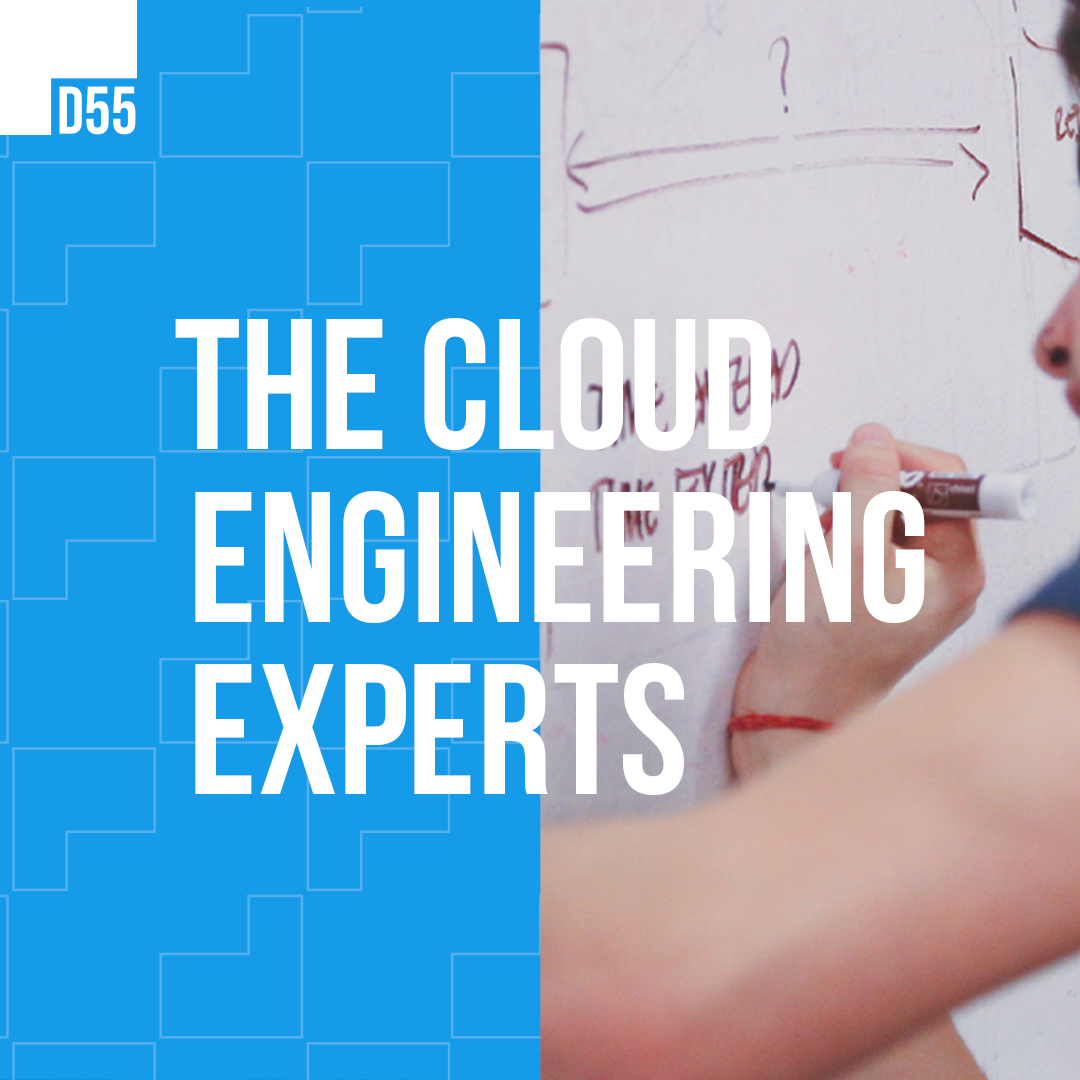
Let’s be honest your data pipeline is probably leaking!
You might not be able to see it, but somewhere in your stream of tables, events, and APIs, a null spike or a silent schema change is waiting to explode. In today’s fast-paced, real-time world, even the slightest delay or bad row is not just a blip but could be a broken dashboard. It could be a flawed recommendation engine or a compliance nightmare—beware!
This urgency has elevated data observability from a desirable feature to a mandatory requirement at the board level. Imagine a system that catches issues before they can create any damage. It not only catches the damage but also understands it and can even fix it. That is what AI-driven data observability promises.
How Modern Data Observability Looks
There were times when monitoring looked at pipelines like checklists—“Did the event complete?” But modern observability is smarter, faster, and more curious! Vendors converge mainly on five pillars—freshness, schema, distribution, volume, and lineage. AI augments these by learning normal patterns and anomalies before consumers even notice them.
Scheduled batch jobs no longer monitor these pillars, but streaming metrics do so continuously.
1. Real-Time Anomaly Detection
The new wave of observability platforms (like Monte Carlo, Sifflet, and Acceldata) combines AI + real-time signals to track freshness and accuracy with schema drift and intelligence that learns as it goes.
Instead of any “ABC Table failed” alerts, context-rich alerts include upstream commit, code owner, and lineage graph so that the scenario is clear to the engineers, effective to the moment. Your issues are auto-fixed based on severity and history through autonomous incident routing.
Anomaly detection on streams does not wait for the batch job to finish. They monitor Kinesis live by using unsupervised machine learning techniques.
These exciting real-time detection techniques empower you, surpassing the realm of science fiction.
2. AI-in-the-Loop: Smartest Team Member
You must face the fact that machines catch what humans miss! However, humans still make the final decisions. This is why AI-in-the-loop, where LLM-powered summaries empower Slack threads, is the ideal solution. They read the entire thread and tell you, Here’s what is not working. Here’s the reason it is not working, along with how it can be fixed.
You can empower yourself by using active feedback loops. The model reweights features so that similar noise from the alarm can be suppressed in the future when an engineer has already marked it as a false positive.
DQLabs’ 2025 roadmap showcases “auto-fix” rules. Through self-healing actions, they can backfill missing partitions or roll forward schema migrations without human intervention.
If you are using LLMs in production, then observability for the GenAI pipeline is what you will love. Tools like Snowflake Cortex AI observability can now track hallucinations and costs before they reach production.
2024-2025 Innovative Features That Rock the Market
Feature | Recent Release (2024-2025) | Why does it matter |
Unstructured Data Monitoring | Monte Carlo “AI-Ready” no-code monitor | It can now track images, audio, PDFs, and more. Rows and columns have become obsolete. |
Auto-suggested Data Rules | Google Cloud Dataplex automatic rule suggestions | By using this, you can now recommend a quality rule based on what is seen by the feature. Writing dozens of rules manually is now outdated. |
AI Copilots for Data Teams | Acceldata/Sifflet AI copilots | Automatic coding mechanism when you give a command like, “Alert me if freshness drops by 40%.” See the magic. |
LLM Trace Analysis | Snowflake Cortex AI Observability | Execution traces, costs, and latency breakdowns are now available in real-time. You need not worry that it might go off track. |
Future-Ready AI-Powered Observability Architecture
Let us assume your pipeline is an intelligently living and learning ecosystem that can self-heal and improve whenever it deems fit. Now, this is what that architecture will look like in action.
1. Instrumentation Layer
Nervous system of the pipeline that can stream metrics like Flink and scan metadata for freshness, schema changes, and volume. You cannot make the data observable from the inside out and fix what is not measurable in this context.
2. Detection Layer
The immune system of the pipeline that identifies anomalies instantly through unsupervised ML models. It checks for rule-based features and detects drifts. Here, you feel something is not working right, but it changes as it learns.
3. Intelligence Layer
As a thinking core, AI magic happens, and LLM-based agents auto-generate root cause summaries. Feedback loops are reinforced, and you get surprised at how it dramatically reduces time-to-resolution by making the root cause obvious.
4. Action Layer
Reflexes of the pipeline trigger responses like DBT re-runs and partition repairs. Slack alerts provide direct links and include auto-rollback workflows, which boost confidence levels in the schema.
5. Governance Layer
Here, workflows are approved for schema changes and sensitive data handling. When AI-heavy environments regulate industries, it makes observability explainable and defensible to the stakeholders.
Let’s look at how organizations are adopting GenAI practically:
- GitHub Copilot helps to develop real-time code and reduces the workload of developers in creating CI.
- AWS CodeWhisperer is generating the IaC templates and codeds configurations in a secure way.
- Datadog’s Watchdog AI is detecting the reversions in performance before they can be detected in a human way.
- Google’s Duet AI is embedded into Cloud Console for natural-language cloud infrastructure operations.
- Jenkins and GitLab are looking at AI plugins to streamline the runtime of the pipeline and propose fixes to failed steps.
These interfaces are also a manifestation of the fact that GenAI indeed is more than just a coding companion, but a complete systems thinking companion.
6. Improved developer productivity
It takes less time on boilerplate, debugging and setting up environments. Developers are interested in feature construction and innovation. GenAI helps a developer get instant suggestions, decreasing “context switching” frequency and allowing the developer to reach a high flow state during work.
7. Increased deployment frequency
You are babysitting your data with a smart and self-aware system.
Observability is no longer just about imagining how it would work and look. It has stepped forward, and you must look, understand, learn, and act in real-time. With AI in the loop, your data pipeline can become your most intelligent ally.
To know more explore our AI-Powered Data Quality solutions or Contact Us directly.









